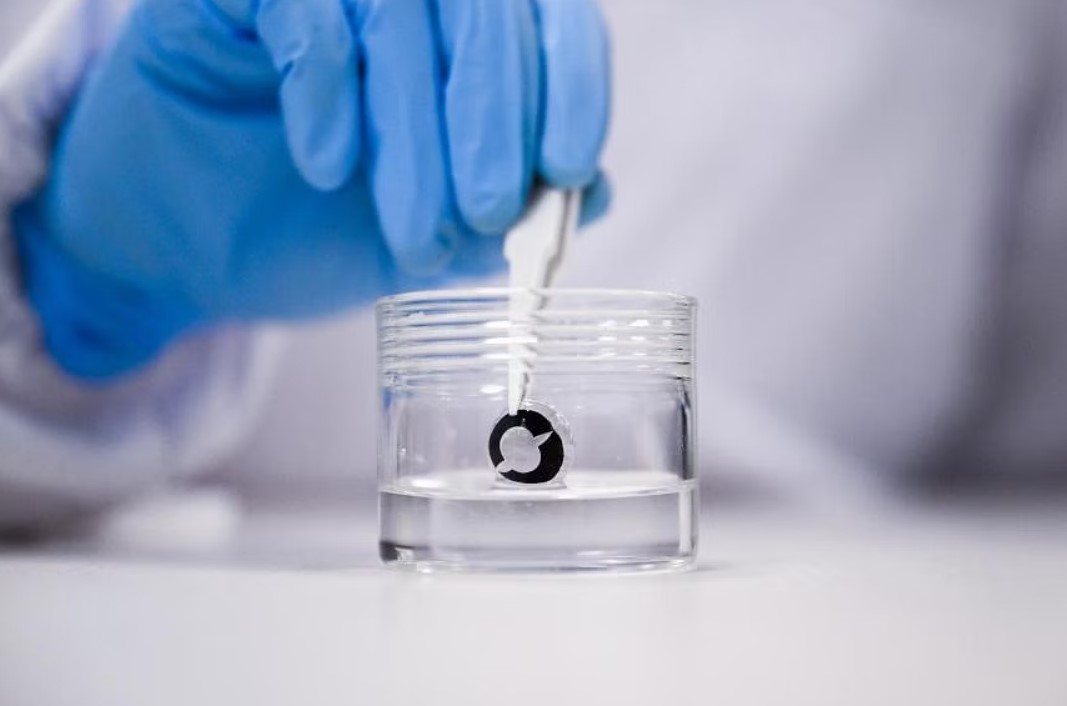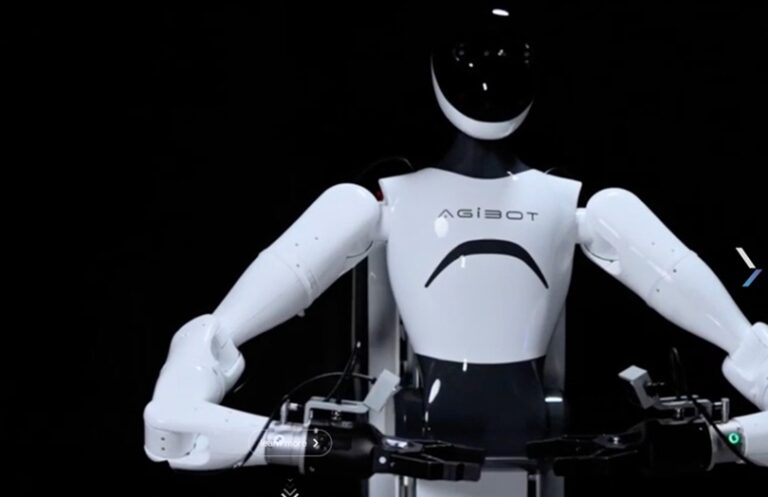Smart contact lenses represent a remarkable fusion of technology and biology, promising to revolutionize the way we interact with the digital world and monitor our health.
Scientists at Nanyang Technological University (NTU) have made significant strides in the quest for futuristic smart contact lenses that can capture footage and display information to wearers. Inspired by the concept often depicted in movies like Mission Impossible, NTU researchers have achieved a breakthrough by creating an ultra-thin, flexible battery small enough to fit beneath a contact lens.
This innovative saline-powered battery stores electrical energy when submerged in a specialized saline solution. Associate Professor Lee Seok Woo from NTU’s School of Electrical and Electronic Engineering has been spearheading this project since 2019. Their achievement brings us closer to realizing the potential of augmented reality through smart contact lenses.
The battery cells have a glucose coating that interacts with the sodium and chloride ions present in the saline solution within the contact lens case. This interaction generates an electric charge, which in turn supplies power to the battery.
Professor Lee noted that a similar technology is employed in wearable batteries, where power is generated from human perspiration.
Moreover, Professor Lee shared that the battery can obtain approximately an extra hour’s worth of power while in use, thanks to the presence of these ions in the liquid layer of a person’s eyes.
The smart contact lens incorporates its battery discreetly along the edges of a flexible lens, ensuring that it does not impede or disrupt the wearer’s vision.
In initial trials, it was observed that this battery successfully powered the smart lens, allowing it to maintain continuous Bluetooth connectivity with a smartphone for a duration of 12 hours.
Professor Lee also mentioned that this battery has the capacity for up to 200 recharge cycles, and ongoing efforts are dedicated to enhancing its overall performance.
This innovative battery design effectively addresses crucial challenges encountered in the development of smart lenses, particularly in terms of weight and circuitry. As a result, it paves the way for future daily wear of such lenses.
The battery within the smart contact lens is metal-free and relies on glucose and water to generate electricity, ensuring the lens is safe for wear. Mammal cell tests indicate that the device is biocompatible and poses no harm to humans. Nevertheless, it will be several years before human trials can begin, as rigorous safety checks are paramount, given the delicate nature of the human eye.
Professor Lee emphasized the need for ensuring safety as the final step. The research team, which published their findings in June, has taken steps toward commercialization by filing a patent through NTU’s innovation and enterprise division, NTUitive.
Creating smart contact lenses capable of displaying data on the cornea will take several years to become a reality. However, there’s promising progress in the development of high-tech lenses that can monitor the wearer’s health by measuring glucose levels on the eye’s surface, according to Professor Lee.
Notably, the smart contact lens industry has been seeking a slim, biocompatible battery free of heavy metals, and this innovation could address some of the industry’s unmet needs, as highlighted by NTU nanoscale optics specialist Murukeshan Vadakke Matham, who was not part of the study.
Dubai-based Xpanceo is also in the competition to create smart contact lenses with features such as night vision, health monitoring, and mixed-reality capabilities. While they have developed a prototype lens capable of displaying images, like NTU’s prototype, it is not yet ready for human use and mass production. Valentyn Volkov, co-founder and nano-optics expert at Xpanceo, mentioned that NTU’s use of biocompatible materials is a promising step forward in making smart contact lenses a reality. However, further improvements are needed to enhance battery life to approach that of lithium-ion batteries.
(Source: Osmond Chia | The Straits Times)









